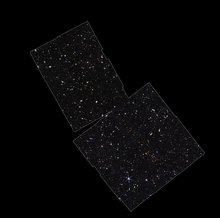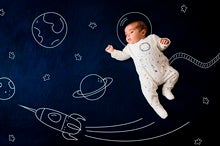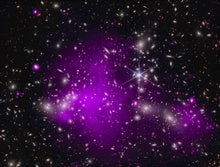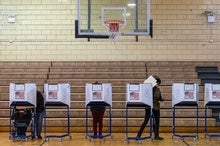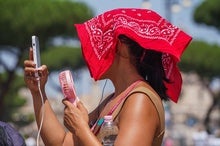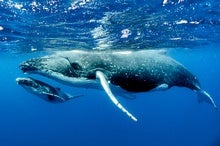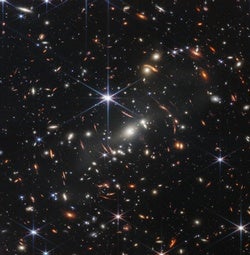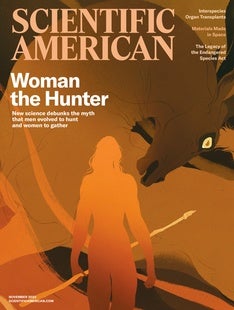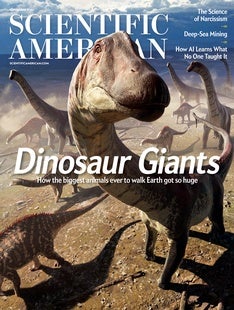 |
| November 09, 2023 |
With no apologies, our top story this week is mostly about staring at awesome panoramas of the cosmic depths. On Tuesday the researchers behind the European Space Agency's Euclid space telescope released the observatory's first full-color science images, and they are jaw-droppingly gorgeous. These aren't just pretty pictures, of course—Euclid's razor-sharp, wide-field view of the heavens is critical to its scientific objectives, which involve studying the shapes and distributions of galaxies to better characterize the mysterious nature of dark matter and dark energy. After reading the story, be sure to check out full-resolution versions of the images, where you can zoom in to feast your eyes on their magnificent celestial details. Speaking of zooming, check out the latest column from our contributor Phil Plait (also known as The Bad Astronomer), which explores one of the James Webb Space Telescope's deepest-yet looks at early galaxies in the far-distant universe. Elsewhere, we have stories on a record-breaking black hole, a new book about the challenges of life in space, an asteroid encounter's delightful (and unexpected) triple feature, and more. Enjoy! |
| |
 |
| |
| |
| |
| |
| |
| |
| |
| |
| |
| Climate Change The Woman Who Demonstrated the Greenhouse Effect Eunice Newton Foote showed that carbon dioxide traps the heat of the sun in 1856, beating the so-called father of the greenhouse effect by at least three years. Why was she forgotten? | | By Zoe Kurland,Katie Hafner,Elah Feder,The Lost Women of Science Initiative | | | |
| |
| |
| |
| |
| |
FROM THE ARCHIVE
 | | | |
LATEST ISSUES
 |
| |
| Questions? Comments?  | |
| Download the Scientific American App |
| |
| |



